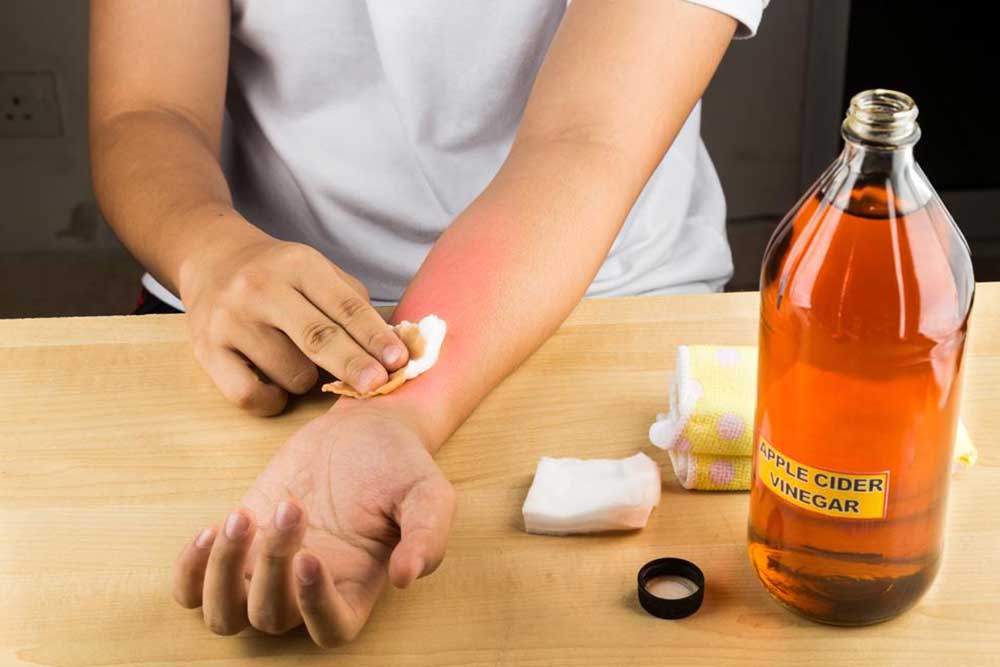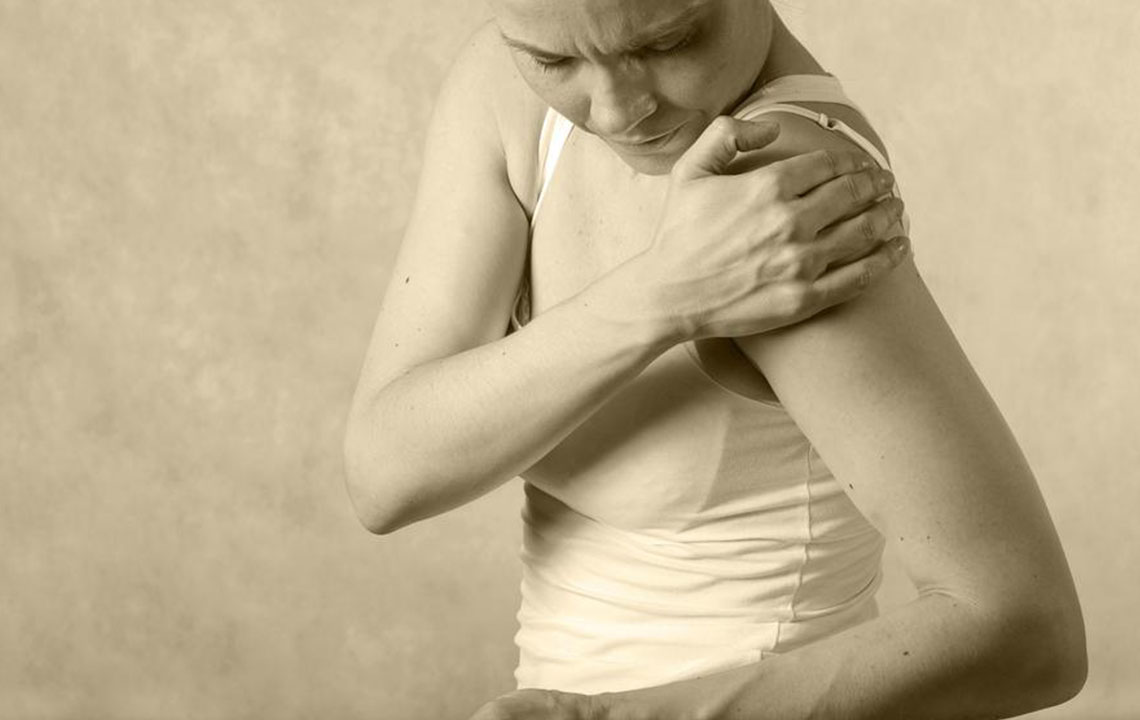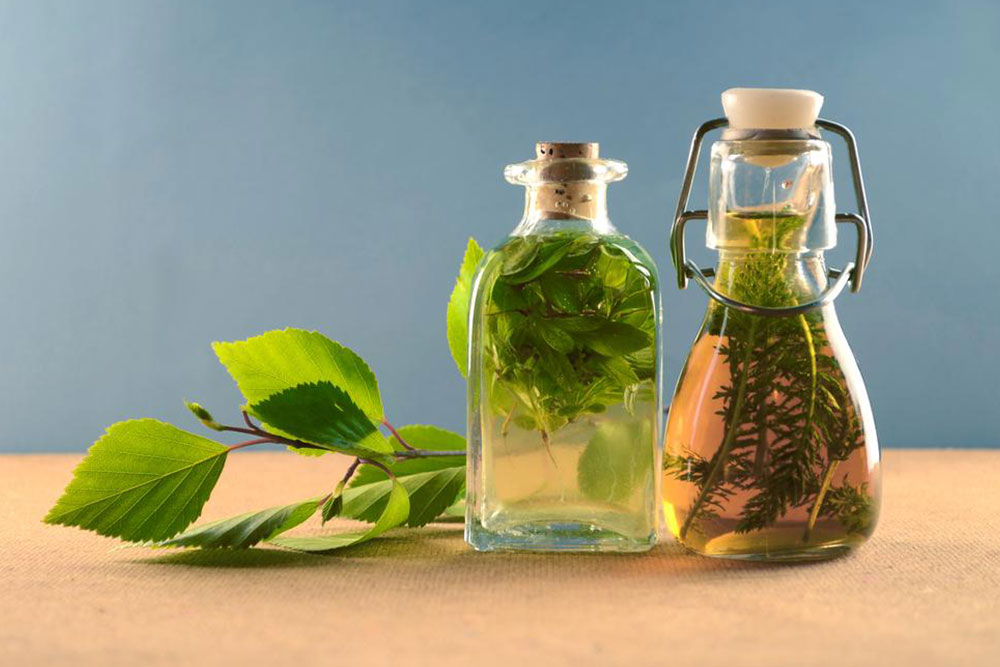Effective Strategies for Rapid Bruise Recovery: Top 5 Techniques
Discover comprehensive and proven methods to heal bruises faster, including cold and heat therapy, elevation, and natural remedies. Learn how to reduce pain, swelling, and discoloration with simple techniques that promote speedy recovery and minimize visible marks. Ideal for anyone seeking quick relief from bruising aftermath and ensuring faster healing.

Effective Strategies for Rapid Bruise Recovery: Top 5 Techniques
Bruises, medically termed as contusions, are a common occurrence resulting from injuries where small blood vessels beneath the skin are damaged due to impact or trauma. These breaks in blood vessels cause blood to leak out into surrounding tissues, leading to visible discoloration, typically appearing as shades of blue, purple, or even green as the bruise heals. Many factors contribute to bruising, including accidental bumps, sports-related injuries, or underlying health conditions such as blood clotting disorders. While bruises are usually harmless and tend to heal on their own within a couple of weeks, many individuals seek quick methods to reduce their appearance and discomfort. Fortunately, there are proven techniques that can promote faster healing, alleviate pain, and minimize discoloration.
Understanding Bruising and Its Causes
A bruise forms when tiny blood vessels called capillaries rupture beneath the skin's surface. This damage results in blood seeping into the surrounding tissues, causing the characteristic discoloration. The severity of a bruise depends on the force of impact and individual factors like skin thickness and clotting ability. Common causes include accidental knocks, sports injuries, falls, or medical conditions that impair blood clotting functions. Symptoms often include tenderness, swelling, and stiffness around the affected area. Although bruises are typically benign, they can sometimes indicate underlying health issues requiring medical attention.
Top 5 Techniques to Accelerate Bruise Healing
1. Immediate Cold Compress Application
The first line of action after sustaining a bruise is applying a cold compress or ice pack. The cold helps constrict blood vessels, which significantly reduces bleeding under the skin and minimizes the size of the bruise. To do this effectively, wrap ice cubes or a commercial cold pack in a clean cloth or towel to prevent frostbite. Apply the compress to the affected area for 20 to 30 minutes every hour during the first 24 to 48 hours following injury. This approach not only reduces swelling but also alleviates pain and limits the extent of discoloration. For convenience, many opt for reusable gel-based ice packs that mold easily to body contours, allowing targeted treatment. Avoid placing ice directly on the skin, as this may cause cold burns. Cold therapy is most effective within the first 48 hours after injury, so prompt action is recommended.
2. Gentle Massage and Topical Remedies
Once the initial swelling has subsided, gentle massage of the area can stimulate blood flow and promote healing. Using natural remedies such as arnica gel or tincture is highly recommended, as these have anti-inflammatory properties that can help reduce pain and discoloration. Lightly massaging the bruise with arnica-based products helps disperse pooled blood and hastens recovery. Additionally, herbal remedies like witch hazel or vitamin K creams can be beneficial in reducing the appearance of bruises. When massaging, always use gentle pressure to avoid aggravating the injury. Remember, massage should only be performed after the initial swelling has decreased, usually after the first 48 hours.
3. Elevation of the Injured Area
Elevation is a simple yet effective technique to reduce blood flow to the injured site, thereby limiting swelling and aiding faster healing. Elevate the bruised limb above heart level whenever possible. This position allows gravity to assist in draining pooled blood away from the area, decreasing swelling and discomfort. For example, if you have a bruised leg or arm, prop it up on pillows or cushions to keep it elevated during rest periods. Maintain this elevation for several hours each day, especially during the first two days post-injury. Elevation, combined with cold therapy, is highly effective for controlling swelling and expediting the healing process.
4. Appropriate Use of Heat Therapy
While cold therapy is crucial in the initial stages of injury, heat application becomes beneficial after about 48 hours have passed. Warm compresses or heating pads help increase blood circulation, which encourages the removal of metabolic waste and supplies oxygen and nutrients necessary for tissue repair. To use heat therapy, soak a cloth in warm water or use a commercially available heating pad, and apply it gently to the affected area for 15-20 minutes. Be cautious not to apply heat for extended periods, as this can worsen swelling or cause burns. This technique helps break down pooled blood and promotes faster healing during the latter stages of recovery.
Additional Tips for Bruise Management
Besides the primary techniques, other measures can support faster recovery:
Refrain from taking blood-thinning medications unless prescribed, as they can prolong bleeding and delay healing.
Stay well-hydrated and maintain a balanced diet rich in vitamins C and K, which are essential for blood vessel strength and skin repair.
Limit physical activity that may aggravate the bruise or cause further injury, allowing adequate rest for healing.
If the bruise is unusually large, extremely painful, or accompanied by signs of infection, seek medical guidance promptly.
Summary
In conclusion, while bruises are common and usually harmless, adopting quick and effective measures can significantly enhance healing speed and reduce discomfort. Cold compresses right after injury sharply decrease swelling and discoloration. Following that, gentle massage with herbal or topical remedies, elevating the injured limb, and applying heat at appropriate times can accelerate recovery. Awareness of each stage and suitable techniques ensures minimal scarring and faster return to normal activities. Remember, early intervention is key to managing bruises effectively, and always consult healthcare providers if you notice persistent or severe symptoms.





